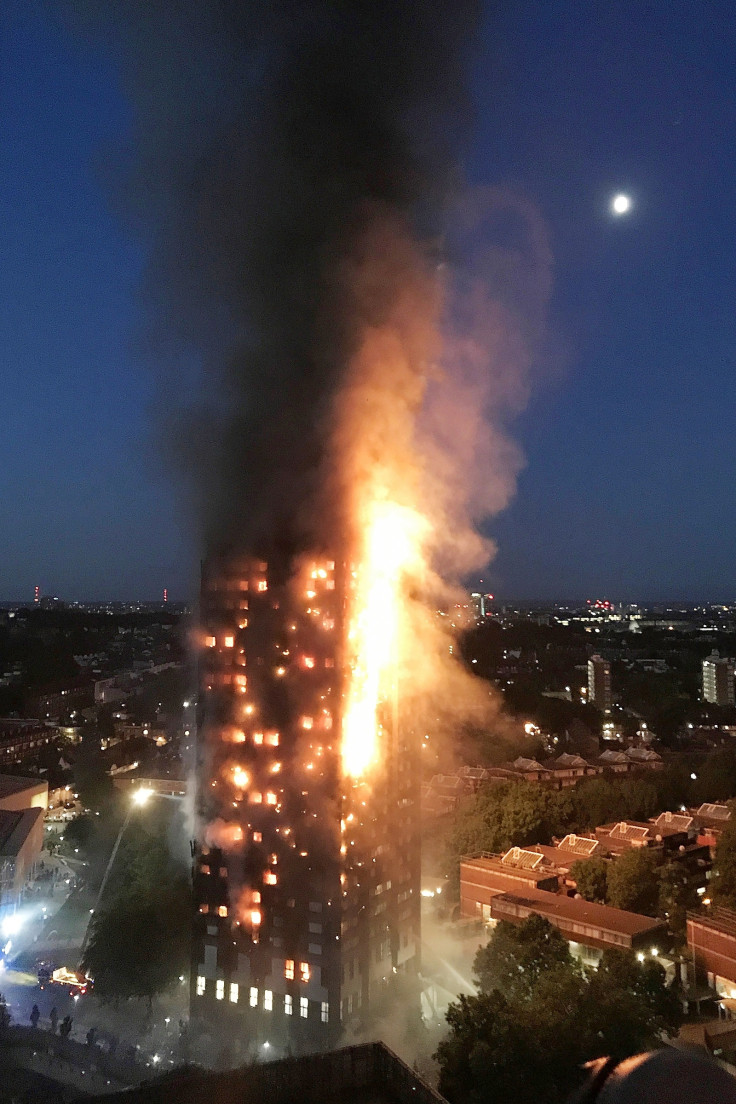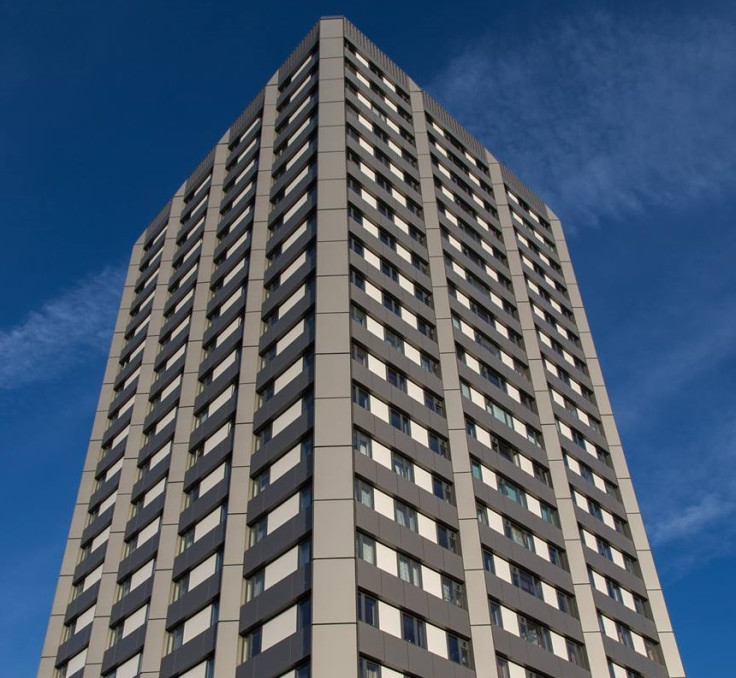London's Grenfell Tower fire: Was improving view for wealthy Kensington homes to blame?
Zinc cladding was placed onto doomed block so it looked better from high value neighbouring areas.
The zinc panels recently bolted to the exterior of Grenfell Tower, which is touted as a possible reason as to why the fire ripped through the building so quickly, were installed to make the block look more appealing to the surrounding luxury areas.
At least 12 people have died in the blaze which tore through the block of flats in the early hours of 13 June, with many more fatalities expected. Investigations are due to take place as to what caused the huge fire at the building which had only just undergone a multimillion-pound refurbishment.
As part of a planning application to the Royal Borough of Kensington and Chelsea for a regeneration scheme to the area, it was suggested that the 24-story building be covered with the non-flame resistant zinc cladding so a new window system and heating could work efficiently.
According to the planning documents, covering Grenfell Tower the cladding would also improve its appearance to those in the neighbouring areas of London, where the average house prices exceed more than £1.5m.
The 2014 document read: "Due to its height, the tower is visible from the adjacent Avondale Conservation Area to the south and the Ladbroke Conservation Area to the east.
"The changes to the existing tower will improve its appearance especially when viewed from the surrounding area. Therefore, views into and out of the conservation areas will be improved by the proposals."
Announcing the conclusion of the £8.6m refurbishment of Grenfell Tower in May 2016, Cllr Nick Paget-Brown said: "It is remarkable to see first-hand how the cladding has lifted the external appearance of the tower and how the improvements inside people's homes will make a big difference to their day-to-day lives."

But after the terrifying inferno engulfed the west London block home to 600 people, chartered surveyor and fire expert Arnold Tarling, from Hindwoods, warned that using the cladding on the exterior buildings can create a fire risk as it results in a small cavity between the panels and the insulation.
He said: "It produces a wind tunnel and also traps any burning material between the rain cladding and the building. So, had it been insulated per se, the insulation could fall off and fall away from the building, but this is all contained inside."
Fire safety expert Graham Fieldhouse, talking to the BBC, added. "This is very different from normal fires we see within block flats because normally we deal with what's internal.
"But the external spread of fire, which seems to be the case that happened here, is nothing new though because Lakanal [a 2009 block fire in Camberwell] was partly an external spread."
A resident of the 17th floor of the block, identified as Methrob, described to LBC Radio how "the cladding went up like a matchstick" while he was escaping form the building.

Rydon, the construction company responsible for the £8.6m development at Grenfell Tower, have ensured the building met "all required building control, fire regulation and health and safety standards".
It comes after residents living in the building claimed they had on numerous occasions expressed concern about the "dangerous living conditions" in the apartment block.
A spokesperson for Rydon added: "We are shocked to hear of the devastating fire at Grenfell Tower and our immediate thoughts are with those that have been affected by the incident, their families, relatives and friends.
"Rydon completed a refurbishment of the building in the summer of 2016 for Kensington and Chelsea Tenant Management Organisation (KCTMO) on behalf of the Council, which met all required building control, fire regulation and health & safety standards.
"We will cooperate with the relevant authorities and emergency services and fully support their enquiries into the causes of this fire at the appropriate time."
© Copyright IBTimes 2024. All rights reserved.






